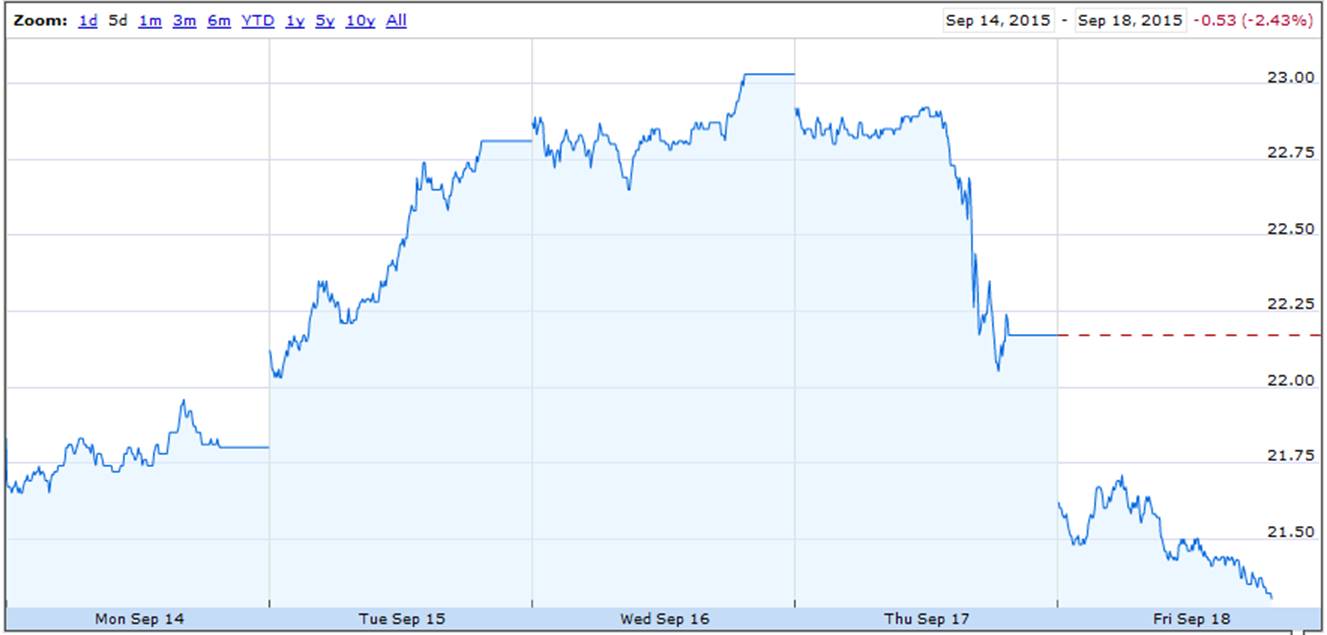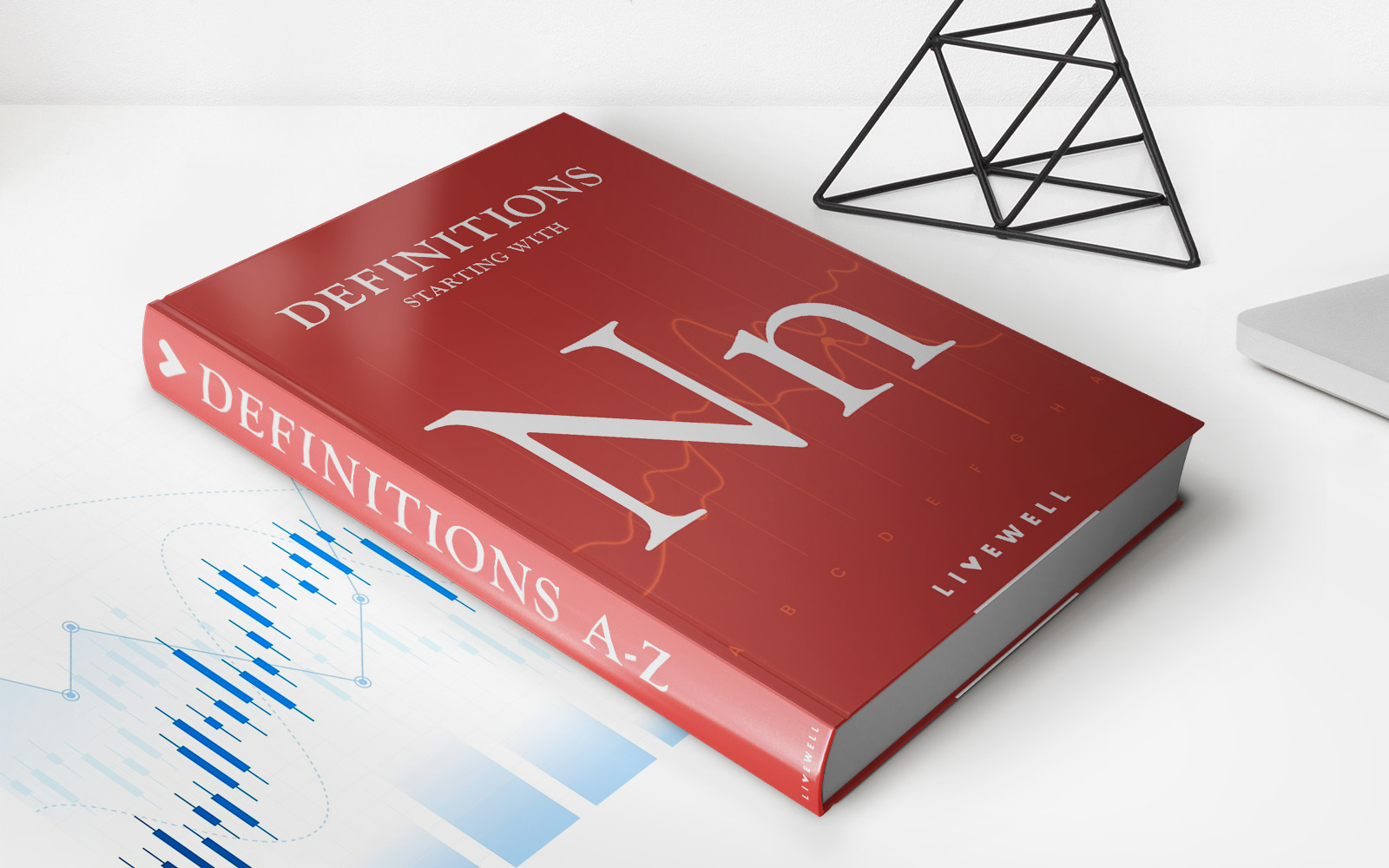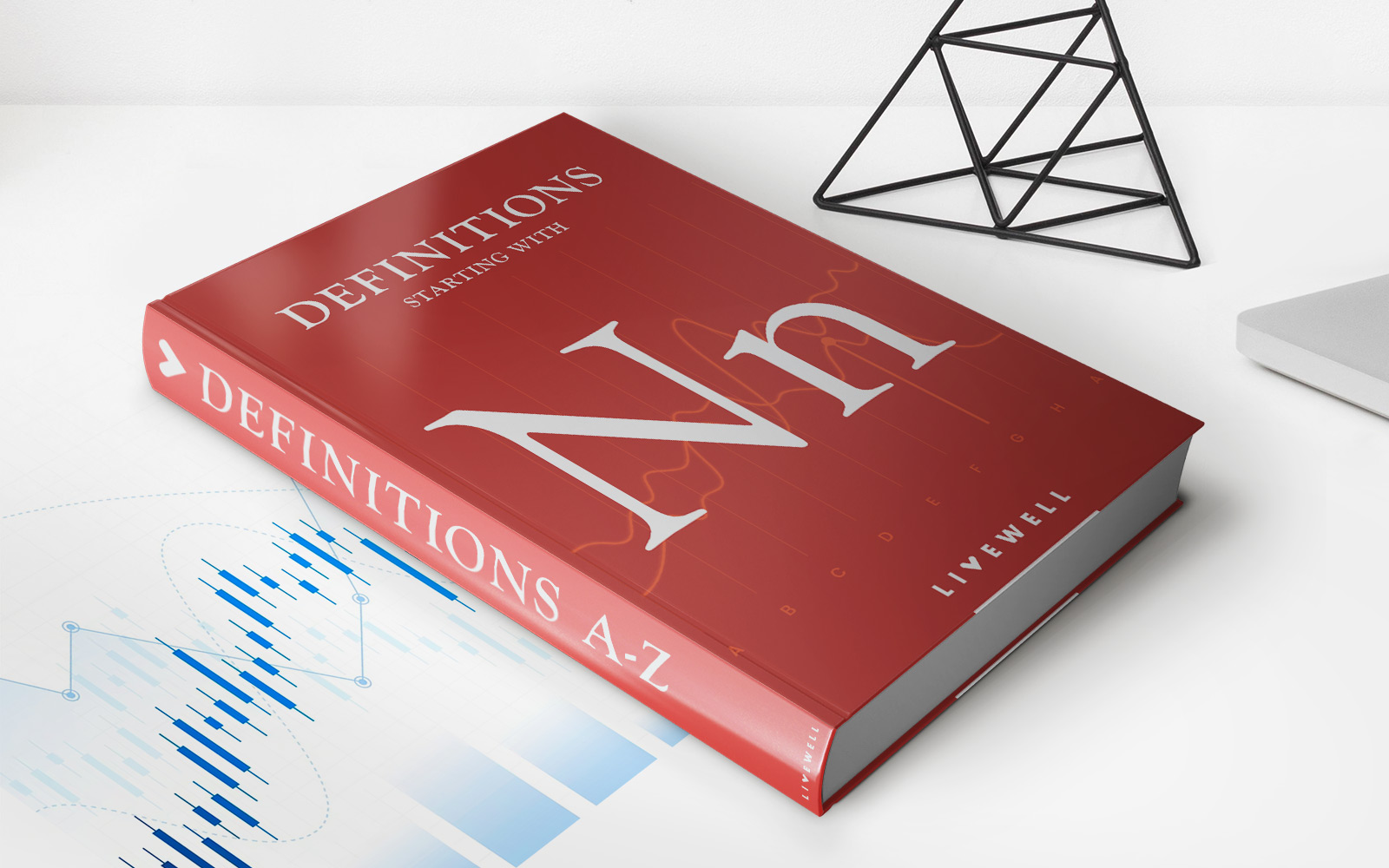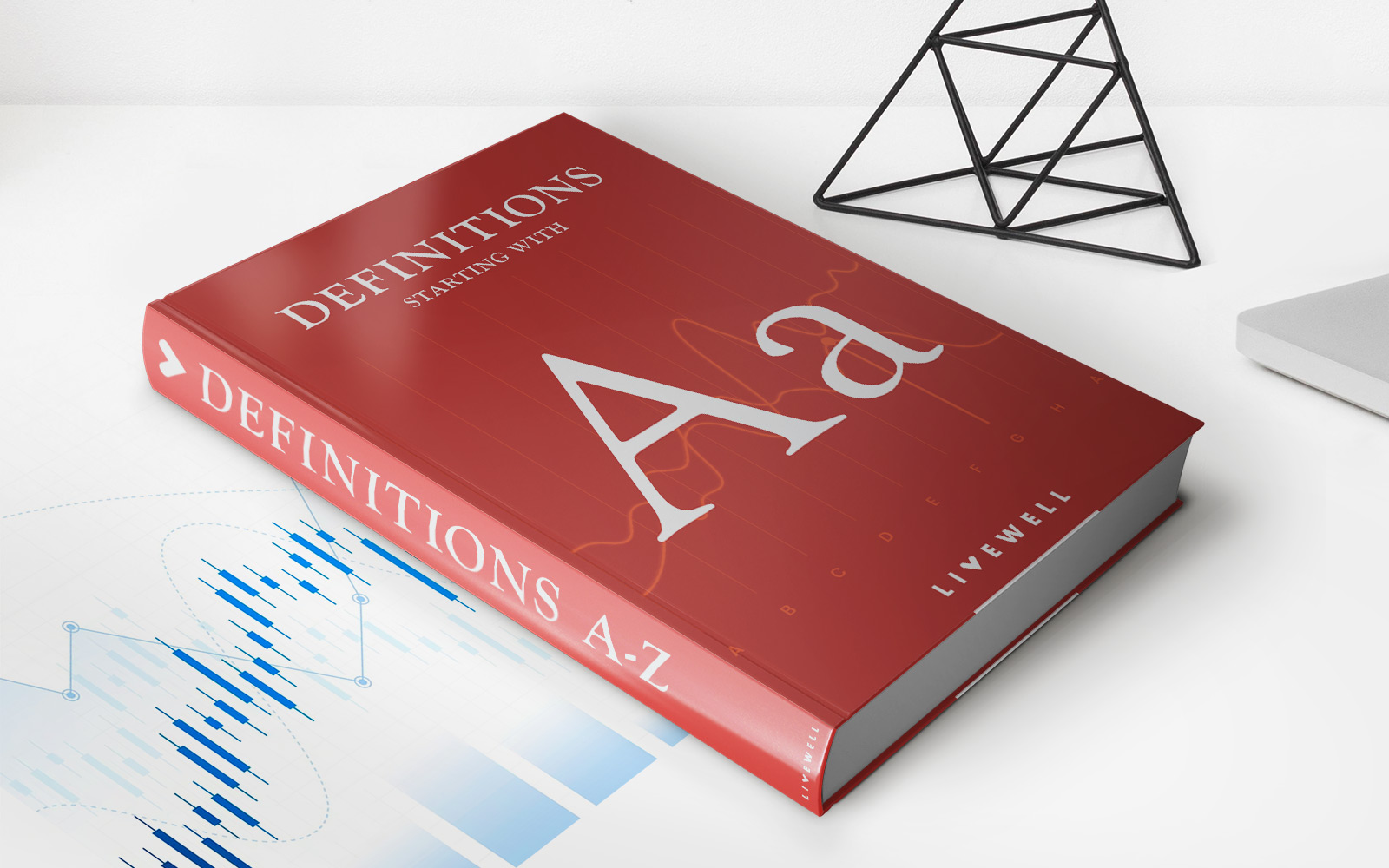Home>Finance>Net Interest Rate Differential (NIRD) Definition
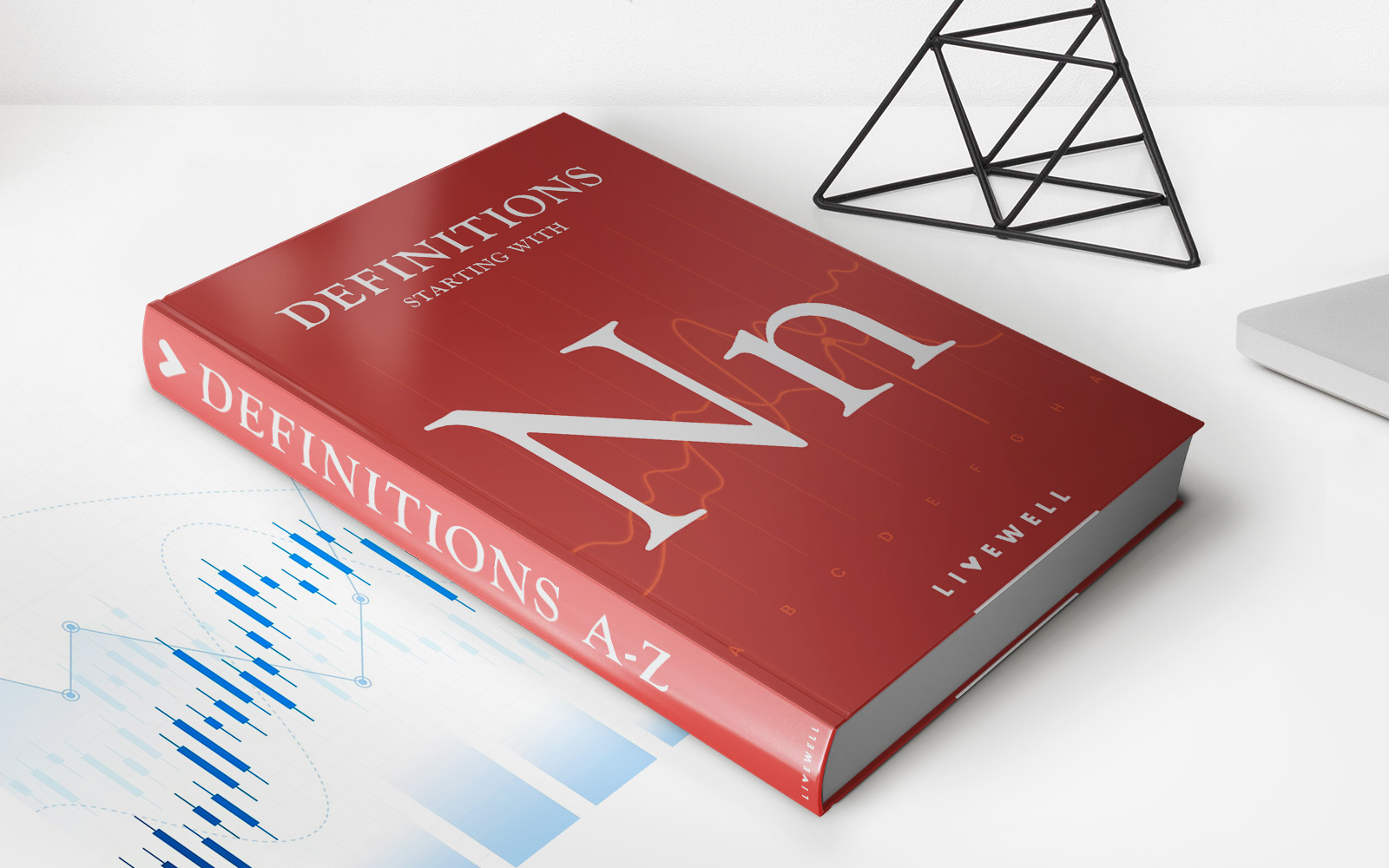

Finance
Net Interest Rate Differential (NIRD) Definition
Published: December 30, 2023
Learn the definition of Net Interest Rate Differential (NIRD) in finance and how it impacts your financial investments.
(Many of the links in this article redirect to a specific reviewed product. Your purchase of these products through affiliate links helps to generate commission for LiveWell, at no extra cost. Learn more)
Understanding Net Interest Rate Differential (NIRD) in Finance
Finance is a broad field that encompasses various concepts and strategies to manage money effectively. As part of our ongoing exploration of financial topics, today we will delve into the world of Net Interest Rate Differential (NIRD). Whether you are a seasoned investor or just starting to learn about finance, understanding NIRD is crucial as it can have a significant impact on your investment portfolios and financial decisions. So, let’s dive in and explore what NIRD is all about!
Key Takeaways:
- Net Interest Rate Differential (NIRD) refers to the difference between the interest rates of two currencies in a foreign exchange trade.
- NIRD can affect currency exchange rates, attract investors, and impact investment decisions and currency trading strategies.
Defining Net Interest Rate Differential (NIRD)
In the world of finance and currency trading, the Net Interest Rate Differential (NIRD) is a measure that compares the interest rates of two different currencies involved in a foreign exchange trade. It represents the difference between the interest rates of the two countries, taking into account factors like inflation, economic stability, and monetary policies. By understanding NIRD, investors and traders can assess the potential gains or losses when participating in currency trades.
For example, let’s consider a scenario where Country A has an interest rate of 4% while Country B has an interest rate of 2%. In this case, the NIRD would be 2% (4% – 2%). This positive NIRD indicates that holding the currency of Country A may yield a higher return compared to Country B. Investors and traders may be inclined to invest in or buy the currency of Country A to take advantage of this interest rate differential.
However, it’s important to note that NIRD is not solely determined by interest rates. Other factors, such as currency appreciation or depreciation, inflation rates, political stability, and monetary policies can also influence NIRD. Therefore, it is essential to consider these variables when assessing the overall potential for gains or losses in currency trading.
Implications of Net Interest Rate Differential (NIRD)
The NIRD has several implications on the financial landscape, and here are a few key points to consider:
- Currency Exchange Rates: NIRD can play a significant role in determining currency exchange rates. Higher interest rates in a country can attract foreign investors looking to capitalize on potentially higher returns. This increased demand for the currency can drive up its value, appreciating it against other currencies. Conversely, lower interest rates may discourage investors, leading to a depreciation in the currency’s value.
- Investment Decisions: Investors often consider NIRD when deciding to invest or trade currencies. Positive NIRD may encourage investors to allocate a portion of their portfolios into currencies with higher interest rates to maximize potential returns. Conversely, negative NIRD may discourage investors from allocating funds to particular currencies, as the potential return may be lower than other investment options.
- Currency Trading Strategies: For currency traders, NIRD provides an opportunity to leverage interest rate differentials in their trading strategies. Some traders may adopt a “carry trade” strategy, where they borrow funds in a currency with low interest rates and invest in a currency with higher interest rates, aiming to profit from the interest rate differential.
In conclusion, understanding Net Interest Rate Differential (NIRD) is crucial for investors, traders, and individuals involved in finance and currency trading. It determines the potential gains or losses in currency trading and influences investment decisions. By considering various factors like interest rates, inflation, and economic stability, one can gauge the potential profitability associated with holding or trading a particular currency. So, make sure to grasp the concept of NIRD when navigating the exciting world of finance!


